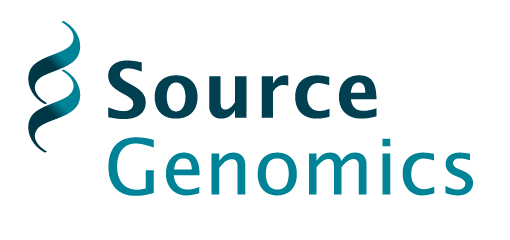DNA sequencing, the process of delineating the order of bases (A, C, T, G) in a section of DNA, was first carried out in the 1970s.
There have been many developments since then, resulting in a range of modern sequencing techniques and technologies spanning diverse uses, both in the clinic and in academic research.
This article by Source Bioscience will explore two commonly used sequencing methods, NGS vs Sanger Sequencing sequencing methods, looking at how they work, their respective advantages and disadvantages, and their applications.
What is Next Generation Sequencing (NGS)?
NGS denotes a group of techniques and technologies based on massively parallel sequencing, which evolved from the need for faster and more cost-efficient methods for large sequencing volumes.
Following the inception of DNA sequencing in the 1970s, alternative sequencing methods were explored throughout the 1980s and 1990s with the aim of multiplexing the sequencing process. This led to the emergence of commercialised massively parallel sequencing technologies in the 2000s, and thus the emergence of NGS.
These methods have revolutionised many areas of research and clinical testing, such as the 100,000 Genomes Project by Genomics England. The project sequenced over 100,000 genomes for the first time in 2018, a feat made possible by high-throughput sequencing provided by NGS technology.
How does NGS work?
All NGS is based on massively parallel sequencing, though the specific methods vary. The most commonly used technique, sequencing by synthesis (SBS), involves the separation or tethering of individual DNA sections of interest, which are then amplified, and the incorporation of nucleotides detected.
This can be done by detecting pyrophosphate release, assessing changes to pH due to hydrogen ion release, or measuring fluorescence from fluorescently labelled nucleotides.



